VIRUSES
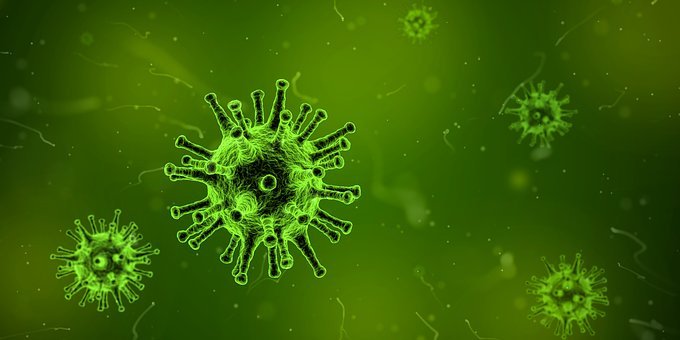
Viruses are very simple structured, acellular, sub-microscopic microorganisms. They are sub-microscopic in the sense that they can only be observed with an electron microscope with magnitude of about 10,000x and not the normal light microscope used for observing bacteria and fungi.
STRUCTURE
All viruses are made of up two components namely;
- A nucleic acid genome which is either DNA or RNA.
- A protein coat or capsid that covers the genome is made up of smaller units of the protein called capsomere.
In addition, others may have an overall outer covering called - A lipid envelope
An average virus was estimated to be about one-hundredth of the size of an average bacterium.
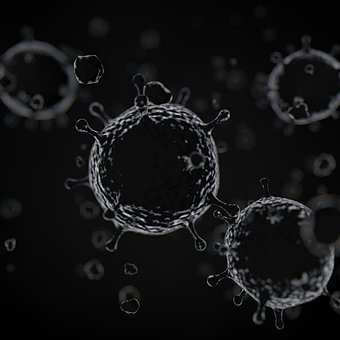
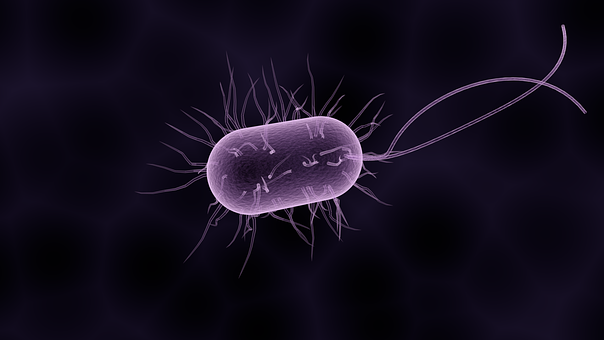
Viruses are regarded as small infectious agents that show sign of life only when in living cell(s) of other living organism. Whenever found outside a living cell which serves as the host, they are more of something dead or lifeless and are referred to as Viral particles or Virions.
VIRAL INFECTION
** Astonishingly, Viruses can infect all types of life forms ranging from animals, plants, bacteria, fungi and all other microorganisms. But they are host specific i.e. plant viruses cannot attack animals and animal viruses cannot attack plants.**
Viruses are able to perform only one action and it is this action that makes them to be classified as a living thing. This action is known as Replication.
The act of replication in virus involves
• Attachment of the virus to the host cell and then injecting its genetic material into the cell. The genetic material (viral DNA or RNA) replicates using the host’s cellular organelles. By using the organelles as its machinery, other viral components and enzymes are produced and then assemble to form well developed viruses. After which newly produced are expelled from the host cells.
The act of replicating in viruses enables them to infect the living cells and may be take over the system of the host causing damage to host’s system generally placing the host in a life-threatening condition or on the verge of death.
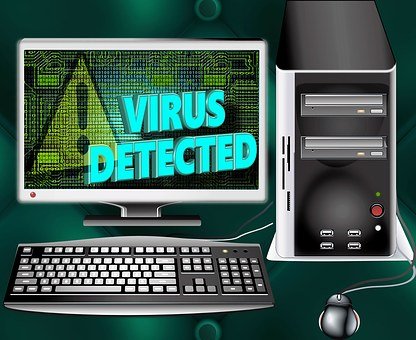

The action of viruses can be compared to that of a Hacker that designs a program that would affect the normal function of another computer system if it gets into it.
All types of viral infections are communicable and can be contacted or transferred through:
• Breathing in air borne droplets contaminated with viral particle released from an infected person when he/she sneezes or coughs.
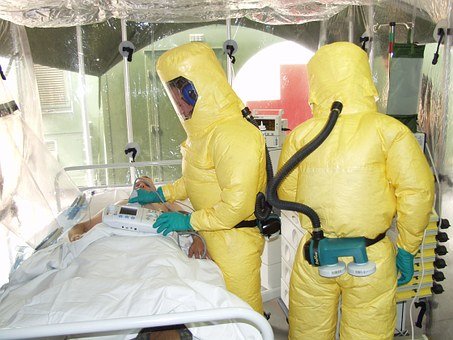
• Eating food or drinking water contaminated with virus.
• Blood transfusion
• Bites from infected animals or animals that host the virus.
• Sexual contact with an infected person.
• The placenta from a mother to a foetus in the womb.
Common diseases caused by viruses in humans include:
• Common cold
• Influenza
• Flu
• Cold sores
• Chicken pox
• Small pox
• Mumps, Measles and Rubela
• Rabies
And the deadly ones include:
• SARS
• Ebola virus
• HIV/AIDS
PREVENTION AND TREATMENT OF VIRAL INFECTIONS
Viruses cannot be treated with antibiotics but other precautions and care can be carried out
• Taking varieties of Vaccines depending on the type of virus

• Feeding on specific diets.
• Using medications to boost immune.
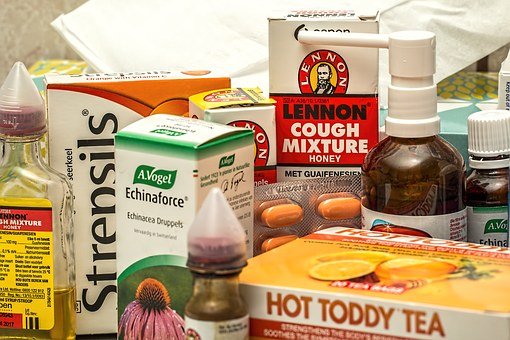
• Taking specific and recommended herbs and vegetables to improve health condition.

REFERENCES:
- http://www.livestrong.com/article/478393-things-to-eat-when-you-have-a-virus/
- https://www.healthgrades.com/conditions/viral-diseases
- https://en.m.wikipedia.org/wiki/Virus
- https://www.google.com/search?hl=en-US&q=10+diseases+caused+by+virus&sa=X&ved=0ahUKEwjw9c3e4NzRAhVTGsAKHeqjDbgQ1QIIPCgA
- http://www.drmyhill.co.uk/wiki/Viral_infections_-_avoid_them_and_treat_them_aggressively
Image sources : pixabay.com
I’m a Microbiology undergraduate at the University and I’m fascinated with learning amazing stuff about life everyday.
Steemit is rekindling my love for research and writing and I will be sharing with you amazing stuff I discover everyday at school and over the course of my search for knowledge.
